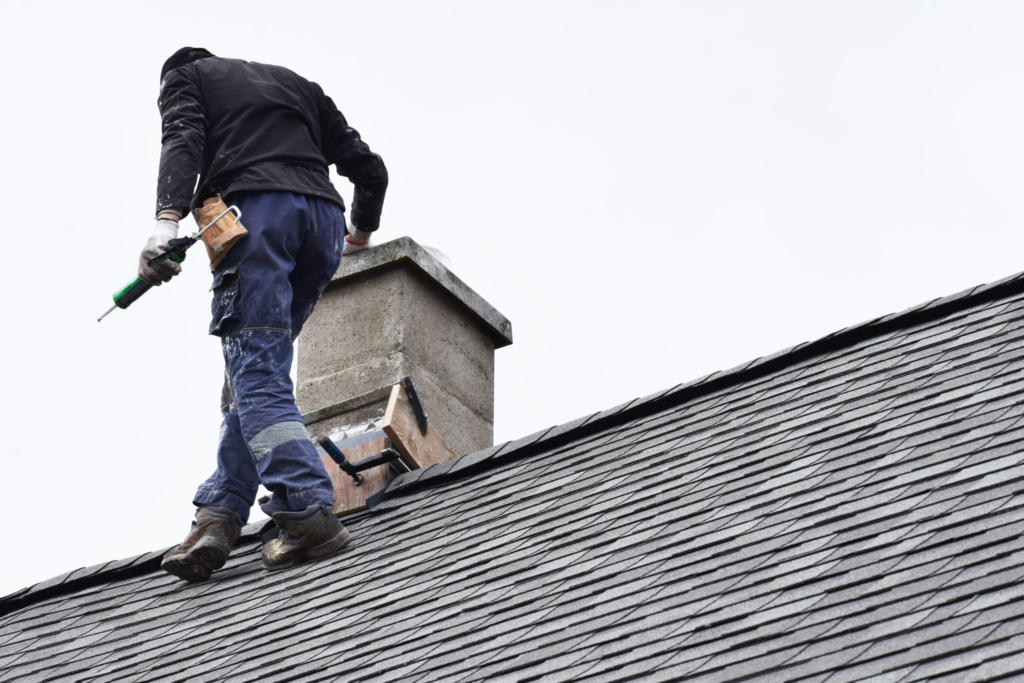The maintenance of an efficient and safe chimney system, particularly in the colder months, is a priority for homeowners. Regular inspection and cleaning by professional chimney sweeps are essential to ensure optimal functioning and the prevention of potential hazards such as chimney fires or carbon monoxide poisoning.
Understanding what to expect during a visit from a chimney sweep can alleviate any uncertainties surrounding this process, fostering a sense of ownership and responsibility among property owners.
This article aims to provide an in-depth overview of the typical procedures undertaken during a chimney sweep visit. The goal is not only to demystify these processes but also empower homeowners with knowledge, enabling them to be actively involved in maintaining their homes’ safety.
It will delve into preparatory steps for such visits along with detailed explanations of the sweeping process itself. In this way, it endeavors to contribute towards creating informed communities that prioritize safety and wellbeing in their dwellings.
Preparing for the Chimney Sweep Visit
Before the arrival of a chimney sweep, it is essential to clear the area around the fireplace of any furniture or valuable items, to prevent damage or soiling; this may seem unnecessarily cautious, yet it significantly enhances the efficiency and safety of the cleaning process.
This preparatory act ensures an environment conducive for efficient work by eliminating obstructions that could hinder progress or cause accidents. Additionally, laying out protective dust sheets over nearby floors and furnishings can minimize potential mess from soot and creosote removal. Thus, an integral part of preparing for a chimney sweep visit involves creating a safe workspace for them.
The next step in readying oneself for a chimney sweep’s visit includes ensuring easy access to other areas connected to the chimney system like flues from stoves or boilers. It is beneficial to make certain these areas are free from obstruction as well. Chimney sweeps often utilize specialized equipment that requires ample space for proper usage; hence providing unimpeded access facilitates their task immensely.
Moreover, it might be helpful to compile any concerns or queries regarding fireplace functionality in advance to discuss with professionals upon their visit.
When preparing for a chimney sweep visit, homeowners should also take into consideration factors such as pets and children who might be affected by unfamiliar visitors wielding odd-looking equipment. Securing pets in another room and explaining the situation beforehand to children would contribute towards maintaining calmness during the service period.
Another consideration is time allocation; typically sweeping a single-chimney house takes about two hours, but multiple chimneys or complex issues may extend this duration. Therefore, scheduling appropriately benefits both homeowner and professional alike – leading toward an efficiently conducted service without unnecessary interruptions.
Understanding the Chimney Sweep Process
A comprehensive understanding of the process involved in cleaning a fireplace flue can illuminate the meticulous procedures followed by professional soot cleaners.
Upon arrival, these experts conduct an initial inspection to evaluate the condition of the chimney. This assessment aims to identify any signs of damage, blockages, or excessive soot buildup that could potentially pose risks. Furthermore, this step allows specialists to determine what tools and techniques will be most effective for the task at hand.
The actual sweeping procedure is quite methodical and involves several steps:
* First, the sweep sets up protective coverings around the hearth area to prevent dust or debris from dirtying your home.
* Next, using chimney brushes and rods tailored to your flue’s size and materials, they scrape away built-up creosote which is a highly combustible residue formed by burning wood or coal.
* Lastly, they vacuum up loosened soot with industrial vacuum cleaners designed specifically for this purpose.
In addition to these tasks, professionals also perform advanced services such as video inspections using specialized cameras inserted into the chimney. This technology enables them to catch any hidden issues not visible during a standard inspection such as cracks in liner walls or deteriorating mortar joints that may require immediate attention. Any indications of wear are documented and communicated along with recommended solutions.
Note that while sweeps meticulously clean chimneys thus ensuring optimal function and safety of fireplaces; it is crucial for homeowners too maintain regular maintenance schedules since continuous usage can lead back to accumulation of hazardous substances over time.
READ MORE:
Understanding The Importance Of Chimney Maintenance In Austin

